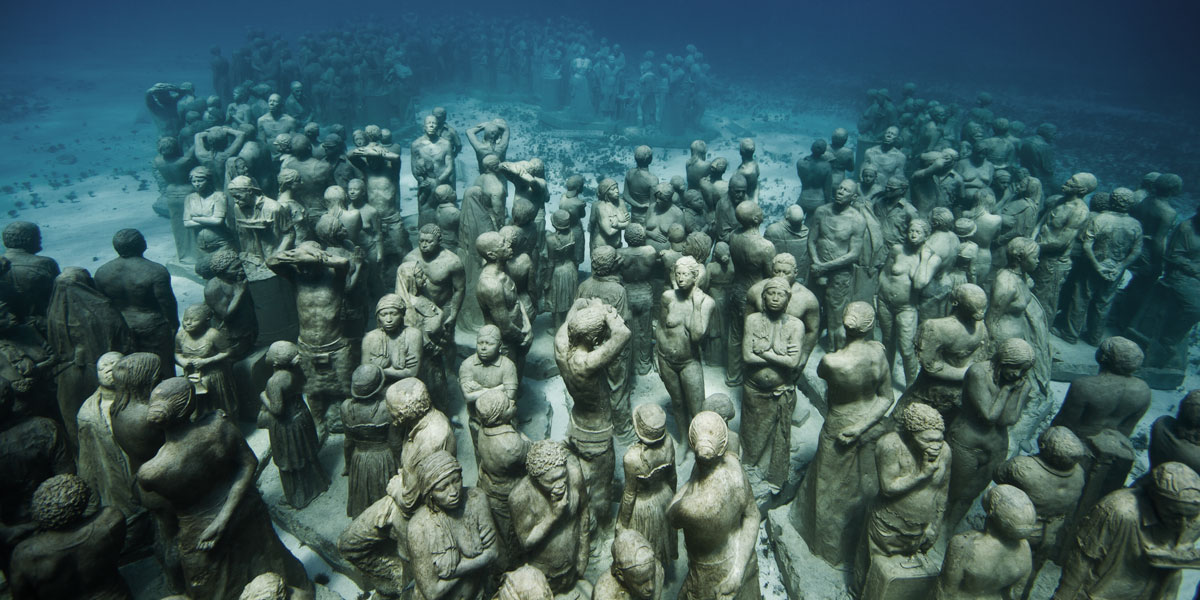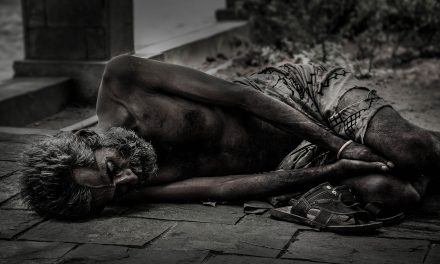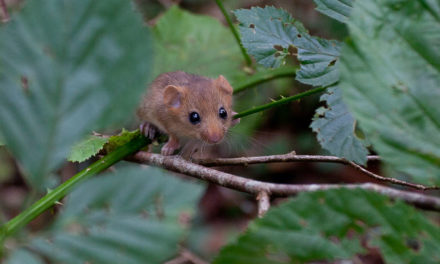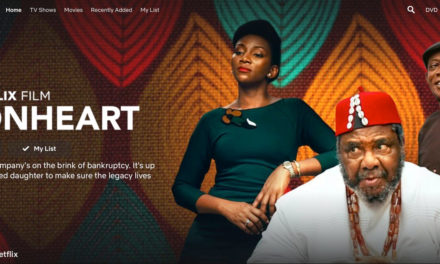Art allows us to immortalise the past, providing us with a platform to inspect, analyse and learn from our history. Other times, art can inform our future, enabling us to inspire drastic social change, something that British artist Jason deCaires Taylor is all too familiar.
Taylor is responsible for creating the world’s first underwater sculpture park and museum. The Molinere Underwater Sculpture Park, located on a sandy beach floor in Grenada, is home to 75 sculptures and was first constructed in 2006. Aside from being aesthetically pleasing, these sculptures play a vital role in revitalising marine life.
The impressive larger-than-life sculptures have been listed as one of the 25 Wonders of the World by National Geographic. Since then, Taylor’s work has spanned several countries and oceans from Mexico to Spain.
What inspired you to create underwater sculptures, and why Grenada?
I was teaching scuba-diving at one of the local dive centres [in Grenada] and realised that there were a lot of visitors snorkelling around the island, but they were all heading to the same spots – and that was causing quite a bit of degradation of damage to those areas. So, I started to think about how we could potentially change that.
One of the bays in Grenada had been badly hit by a hurricane which damaged a large percentage of the coral cover. I thought if I could make something interesting and attract people to that area, it would minimise their impact. I had this long-standing idea to work with sculpture underwater.
Most of my degree in sculpture was focused on art in various contexts around the world. So, I thought, an underwater arena is a place that’s so little explored, artistically speaking. I started with a few initial pieces, that’s now grown to thousands of sculptures around the world in different oceans and seas.
Climate change has become one of the world’s most pressing environmental issue. How does this underwater museum aid conservation efforts?
They are all from an artificial reef designed with environmentally sensitive materials that attract marine life. They allow for the settlement of corals and sponges, providing all sorts of nooks and crannies for creatures to live.
They also help to divert tourists from natural sites [and] provide income for local communities and jobs for marine rangers and scuba diving guides. I try to highlight the effects of climate change and show that corals are at the forefront of climate change. Some scientists have predicted that we won’t have any coral reefs left in 50 years. I try to focus my work on trying to convey that message.
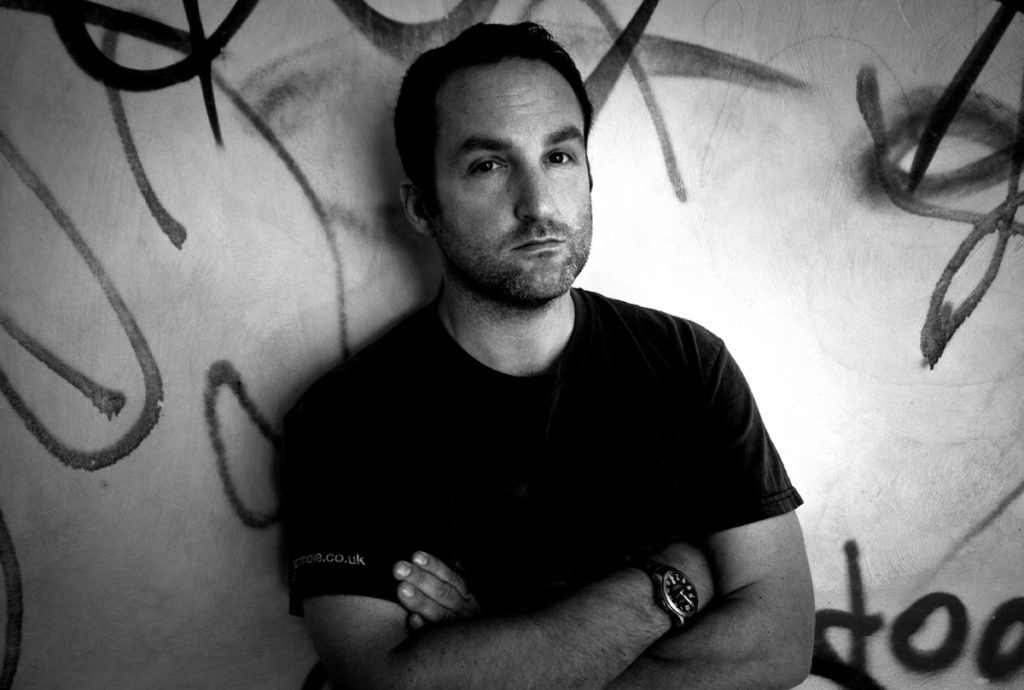
I’m not here to make decorative art. There are so many pressing issues that are happening around the world, and it’s an obligation for me to discuss some of these.
Jason deCaires Taylor
Caribbean locals interpret your Vicissitudes project as a memory of the slave trade. In today’s context, it could relate to the ongoing refugee crisis with migrant crossings. What did you want it to reflect?
Well, that particular piece was all about children. It was carved as local children on the island and was about how children are shaped and morphed by the situation they are in and how their environment nurtures them.
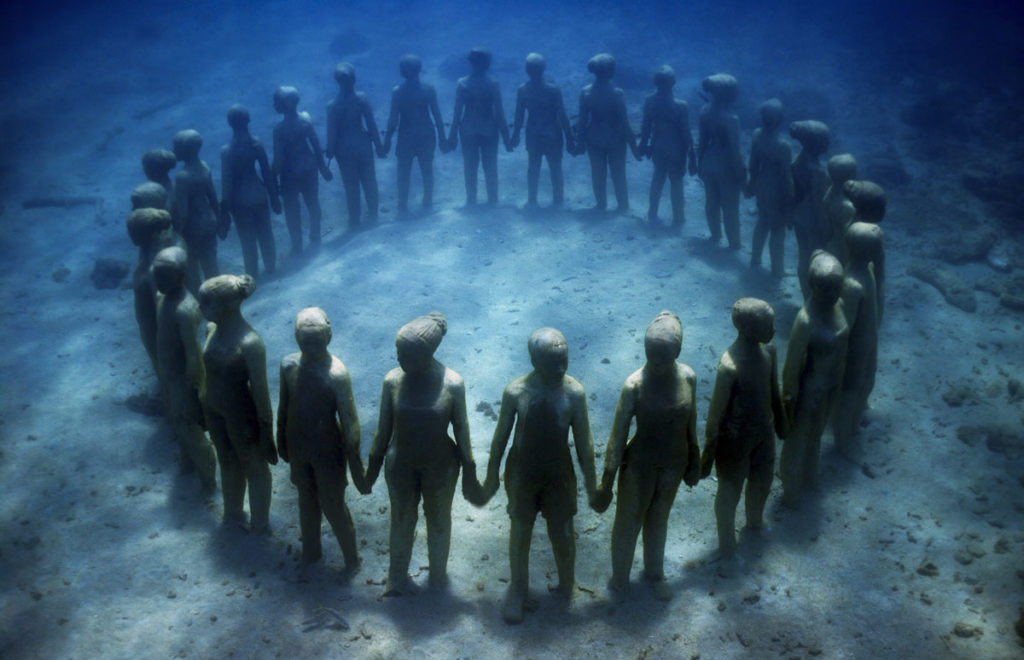
The idea of the circle was exposed to different currents and water movements, and that meant that some of them developed very differently to others. Some of them had a lot more coral growth, and some had less. It was about how we absorb the characteristics of our environment.
Read also: Commercial Real Estate’s Next Great Challenge is Climate Change
As an artist, how important is it for your work to reflect social issues?
It’s critical. I’m not here to make decorative art. There are so many pressing issues that are happening around the world, and it’s an obligation for me to discuss some of these. Especially in terms of what’s happening to our environment, there’s a huge gap between what scientists are saying and what we’re feeling. Art plays a very important role in manifesting statistics into something emotive, visceral and engaging.
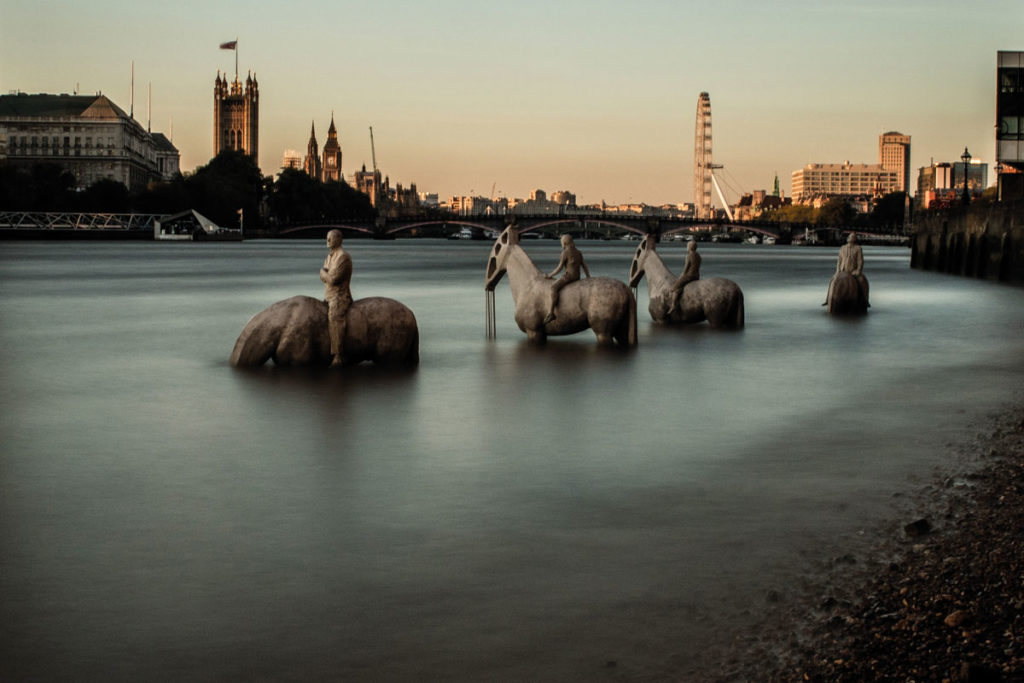
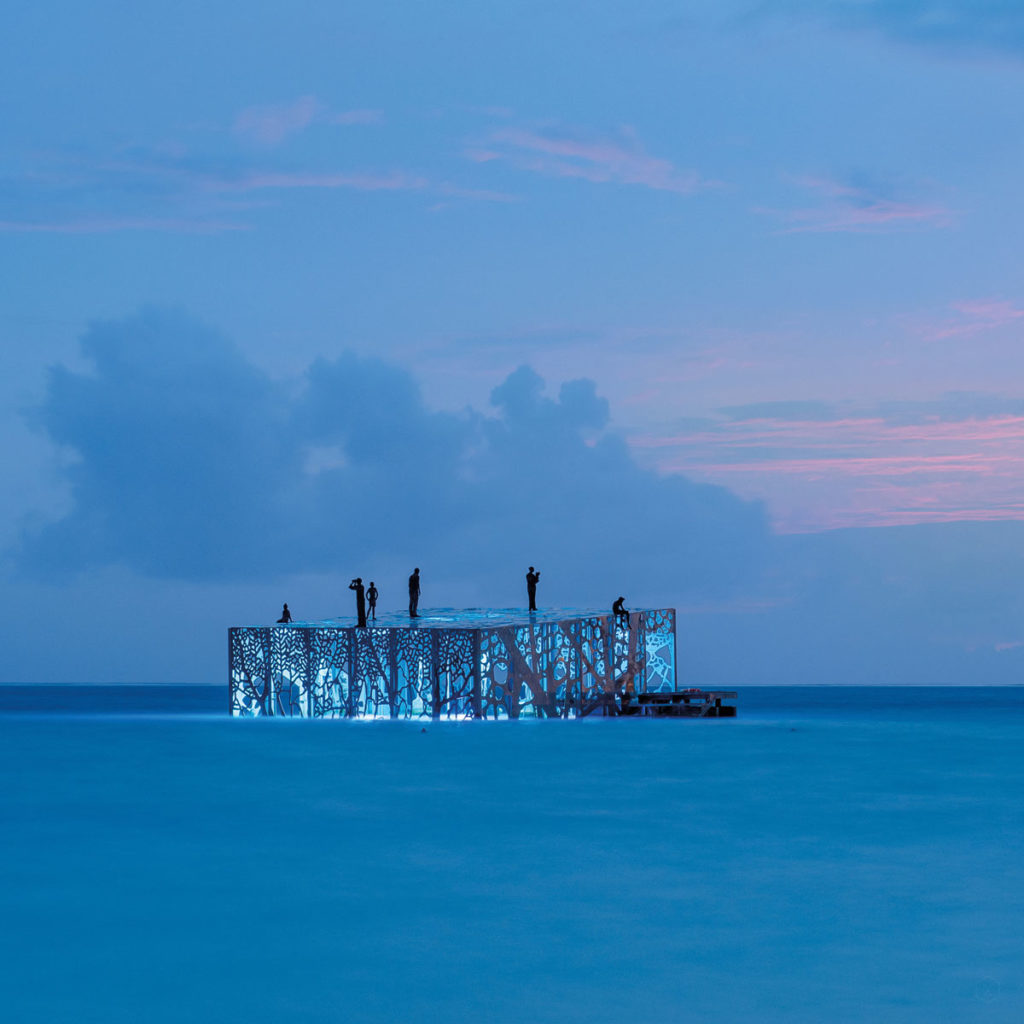
This year, you debuted the Australian underwater museum. So, what next? Has COVID-19 affected your work at all?
It’s had positives and negatives. We’re currently in the process of building two installations in the Mediterranean Sea, and that’s been quite interesting for me as I’ve never worked in those locations before.
This interview has been edited and condensed for length and clarity.
This story first appeared in the 2021 print issue of Truly Belong under the title “The Intersection of Art and Environmentalism.”
- This Artist is Making the Underwater Arena His Canvas - 28th April 2021
- A Video Game that Promotes Peace and Conflict Resolution - 15th March 2021
- Netflix’s ‘Living Undocumented’ is a Difficult Series to Watch, and Exactly Why We Should - 9th March 2021

